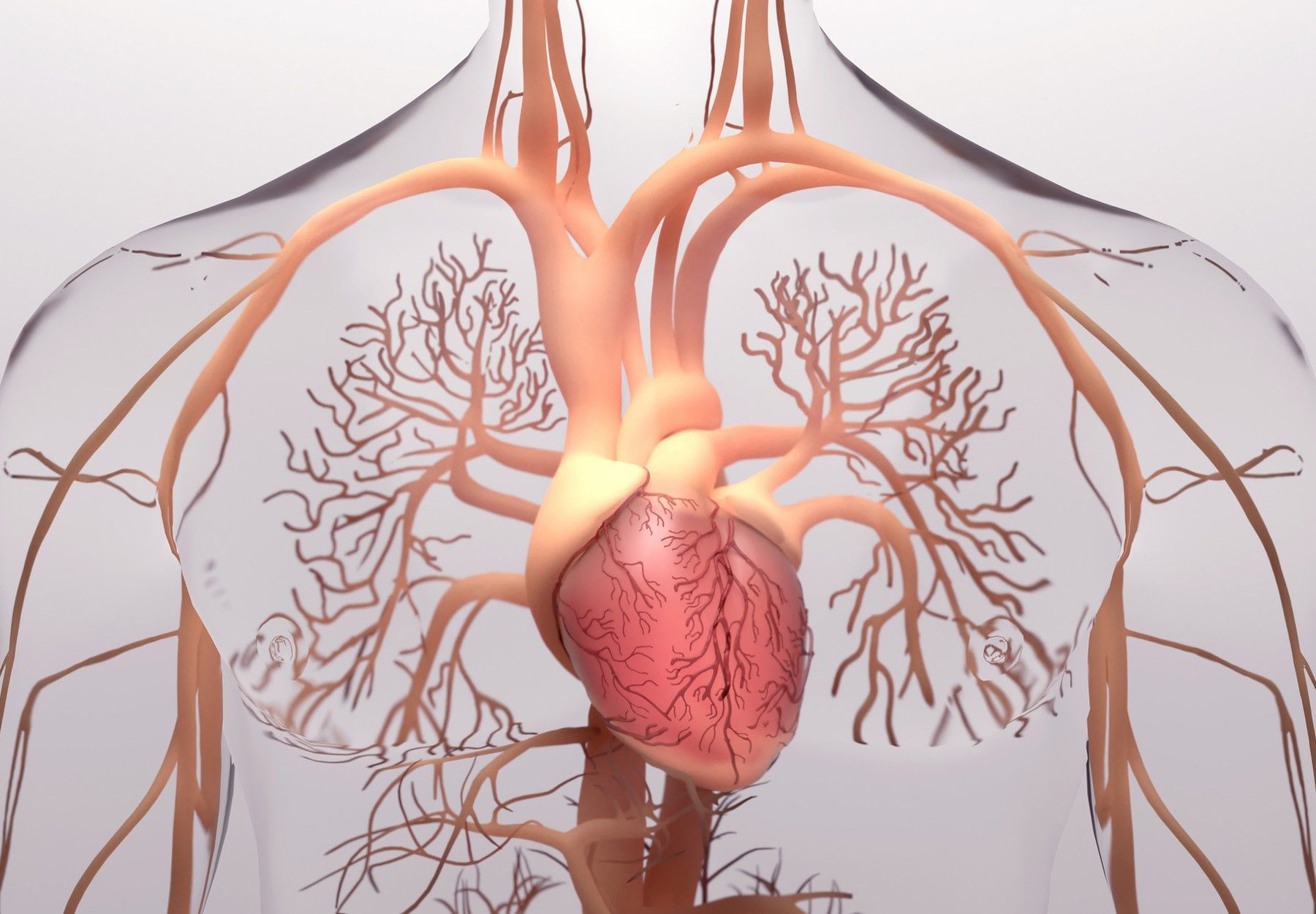An artificial intelligence (AI) algorithm from health technology company Anumana, Inc., has received Breakthrough Device Designation from the FDA. The ECG-based Pulmonary Hypertension (PH) Early Detection Algorithm, an AI-enhanced tool developed through a partnership with Janssen and the Mayo Clinic, aims to help doctors identify pulmonary hypertension in patients sooner so that treatment can be started earlier and has a better chance of success.
“Electrophysiology waveforms hold immense untapped potential for detecting diseases earlier in their natural history, particularly for conditions in which earlier diagnosis and therapeutic intervention can prolong survival and improve quality of life,” said Venky Soundararajan, PhD, co-founder and chief scientific officer of Anumana and nference, Anumana’s parent company. “The FDA’s Breakthrough Device Designation for Anumana’s PH Early Detection Algorithm is one step forward for the field of ECG AI overall, and more saliently, a giant leap forward for PH patients.”
The Breakthrough Device Designation program aims to speed up the approval of urgently-needed innovative products, while still ensuring their safety and efficacy. In 2021, the FDA designated more submissions as breakthrough devices than ever before, with 213 getting the designation.
In other recent AI-related news from the healthcare industry:
- May 16: Medi-Globe Group announced it is working with the French Institut Hospitalo-Universitaire to develop an AI software to detect pancreatic diseases via endoscopic ultrasound examination
- May 19: CDx Diagnostics announced that its WATS3D AI-powered platform for detecting esophageal dysplasia and Barrett’s esophagus to aid in preventing esophageal cancer was deemed medically necessary by Highmark, Inc. health plans in three states in the fourth quarter of 2021
- May 23: Micro-Tech Endoscopy USA announced it is teaming up with AI-assisted diagnostics startup Wision A.I. to distribute that company’s FDA-cleared EndoScreener AI-assisted software for detecting polyps during colonoscopy procedures
